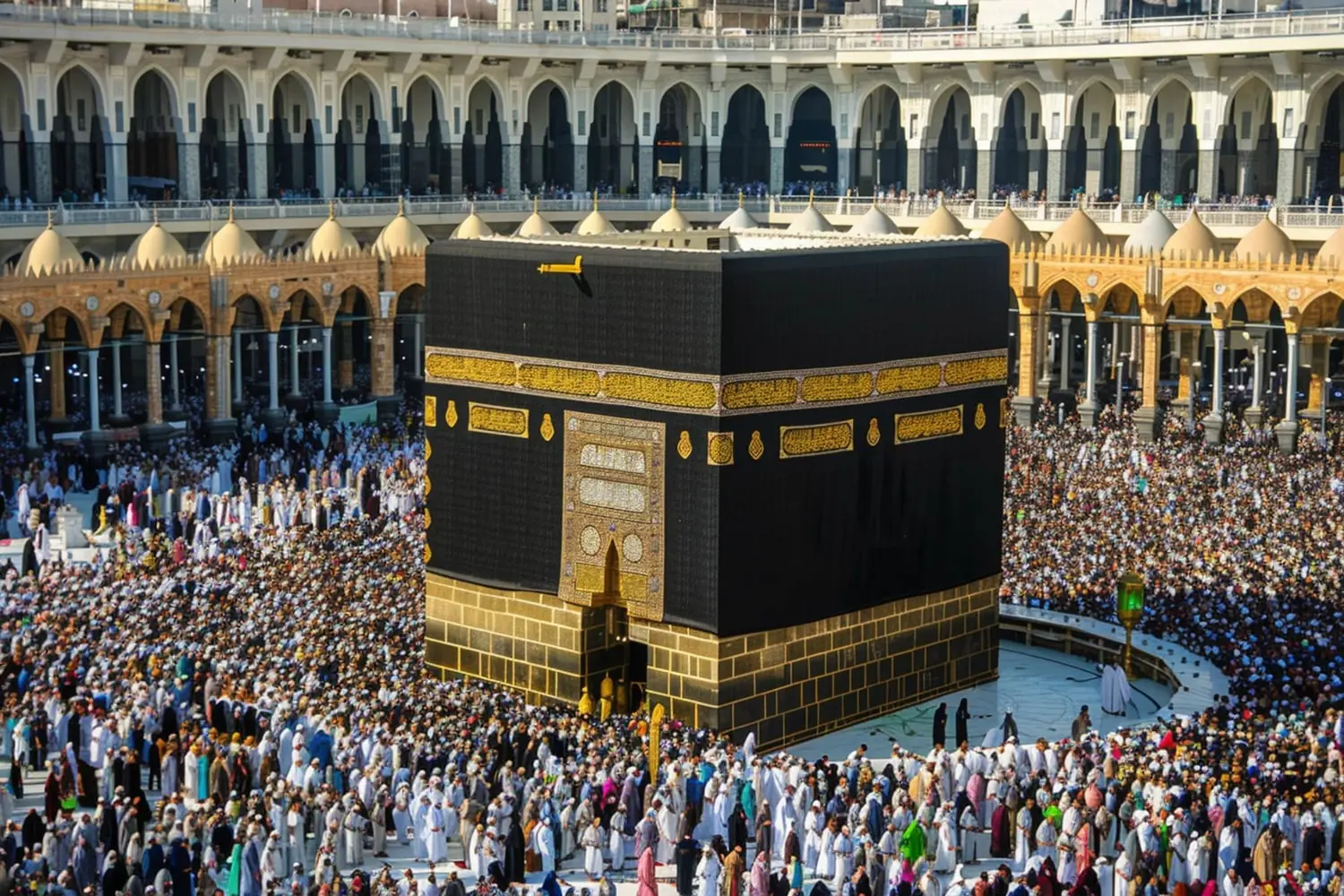When planning for the Hajj pilgrimage, one of the most important decisions pilgrims face is choosing where to stay during the journey. While there are many factors to consider, the two primary options for accommodation in Mecca and its surrounding areas are hotels and tents, particularly in Mina. Each option offers distinct advantages, and understanding the benefits of both can help pilgrims make an informed choice based on their personal preferences, budget, and spiritual needs.
Hotels in Mecca and Medina
Hotels offer comfort and convenience for pilgrims who prefer a more traditional, indoor accommodation experience. Many hotels in Mecca and Medina are designed to cater to the needs of pilgrims, providing easy access to key religious sites such as the Masjid al-Haram in Mecca and the Prophet’s Mosque in Medina. These hotels often offer luxurious amenities, including air-conditioned rooms, private bathrooms, and nearby dining options.
Hotels also provide a peaceful environment for worship and reflection, which can be beneficial for those who wish to focus on their supplications for sacred journey and spiritual preparation. Many high-end hotels even offer additional services, such as a prayer guide for pilgrims to help them navigate the various rites of Hajj.
However, hotels may be located farther from the sites where some of the most critical rituals of Hajj take place. This is especially true for the symbolic stoning ritual at Mina, where pilgrims throw stones at three pillars as part of the symbolic rejection of evil. For this ritual, pilgrims are required to stay in tents in Mina, a practice that some may find more spiritually fulfilling due to the communal nature of the experience.
Tents in Mina
Mina is a key site for Hajj, especially on the days following Arafat Day, when pilgrims perform one of the most significant acts of the pilgrimage—standing at the plain of Arafat for supplication, prayer, and reflection. The Arafat day importance cannot be overstated, as it represents a day of immense spiritual significance, marked by repentance and supplication. After this, pilgrims proceed to Mina for the stoning ritual, which is an essential part of the pilgrimage.
Staying in tents in Mina allows pilgrims to be closer to the site of the symbolic stoning ritual, making it easier for them to participate in the act of throwing stones at the pillars. This communal form of accommodation also fosters a deep sense of connection with fellow pilgrims from around the world, sharing the same goal of spiritual purification and devotion.
Mina’s tent city is organized into several sections, each designated for groups based on nationality or other factors. The tents offer basic facilities such as mats for sleeping, shared restrooms, and communal meals. While they may not have the luxury or privacy of hotel rooms, staying in Mina provides a more authentic experience of Hajj, allowing pilgrims to fully immerse themselves in the rituals and the camaraderie of the journey.
Balancing Comfort and Spirituality
For some pilgrims, the comfort of hotel accommodation may be a top priority, offering privacy, air conditioning, and proximity to prayer spaces. Others may choose to prioritize the spiritual aspects of Hajj, opting for tents in Mina where they can feel a stronger sense of connection to the sacred journey and the millions of Muslims from around the world.
While sacrifice meaning in Islam is at the core of the Hajj experience, it can extend beyond the ritual sacrifice of an animal. Choosing to stay in more humble accommodations, like tents, reflects the sacrifices pilgrims make in the pursuit of spiritual enlightenment. The discomfort of shared living spaces in Mina may serve as a reminder of humility and devotion.

